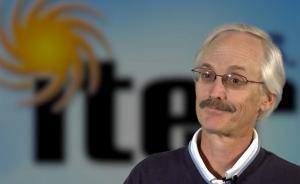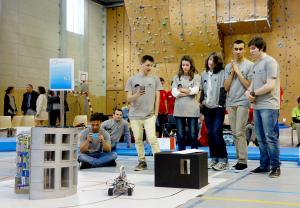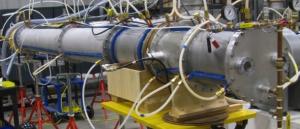What’s New
12 May 2014
ITER news digest for the period of 5 May 2014 to 12 May 2014.
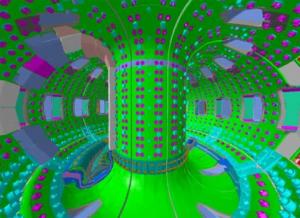
Back to the future: are we about to crack fusion energy?
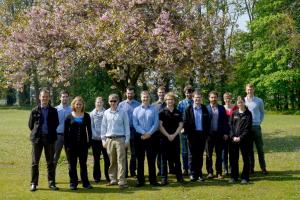
Tokamak tales from the Culham Centre for Fusion Energy
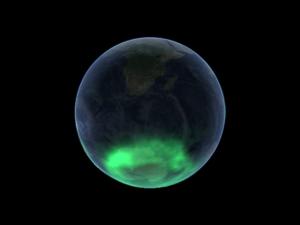
Northern lights' physics could aid in nuclear fusion
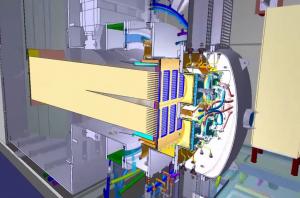
Pushing negative ion beam technology to the extreme
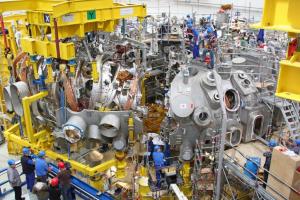
Wendelstein 7-X ready to switch on
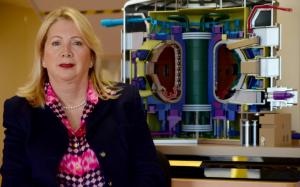
From ITER back to Europe
Preventing solar flare-like events in fusion reactors (US ITER)
